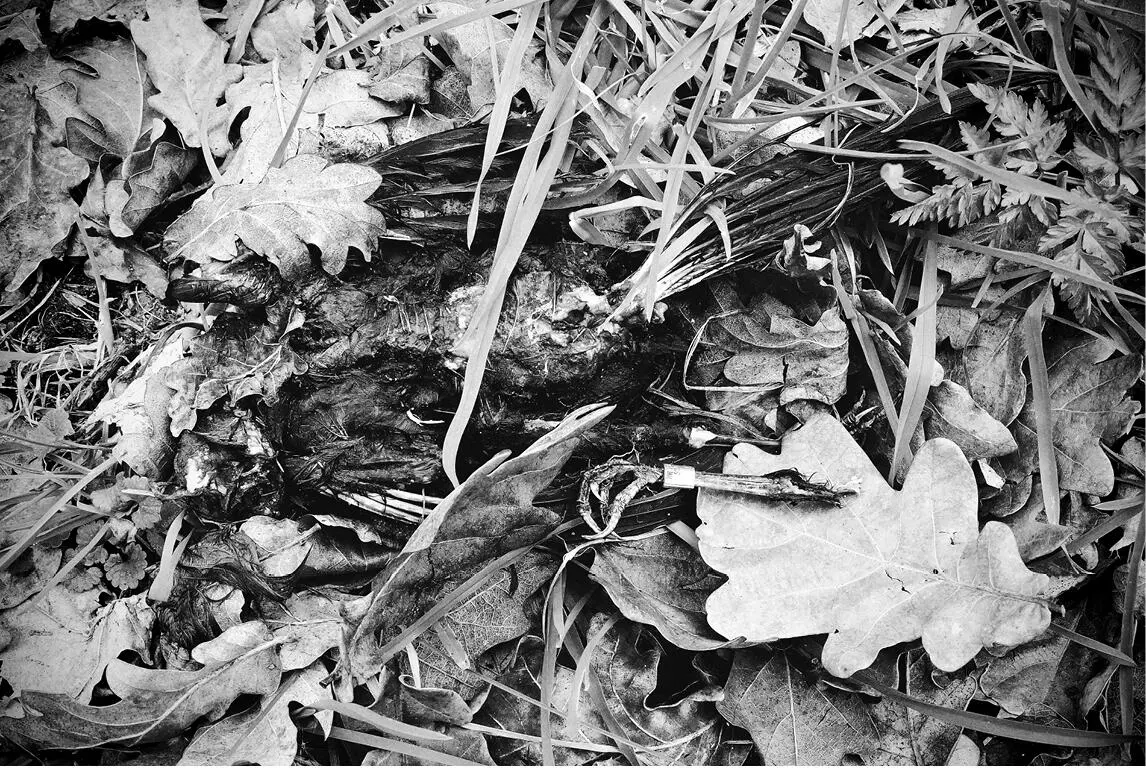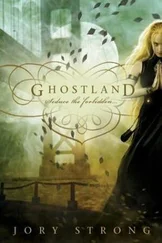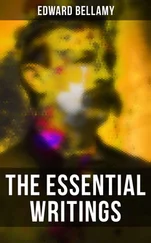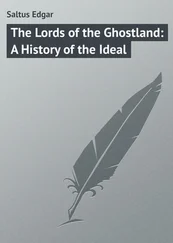Not ready for sleep, I lay on the sofa and flicked through the TV channels. On BBC Two a grainy drama from the seventies was beginning. What I’d chanced upon was an episode of the classic ‘A Ghost Story for Christmas’ strand: Lawrence Gordon Clark’s adaptation of M. R. James’s supernatural tale ‘Lost Hearts’.
There’s a fearful symmetry to this, I’ve come to learn, because this particular film was first shown on BBC One a little before midnight on Christmas Day 1973, less than a fortnight after I was born. Had I already witnessed it as a crying baby – perhaps my mother had happened at that very point to switch on the TV set to try and calm my tears? If she had, I doubt she would have found much respite, because the BBC version is a frightening piece of work; I was to find this out some twenty-one years later, when the ghost of a razor-nailed boy and his dark-eyed companion appeared on the screen in front of me.

Through the white gate at the back of the graveyard the ground changes abruptly, the approach from the rectory with its aged, ivy-clad trees replaced by a squat jumble of shrubs and sedge, punctuated by paths that run aimlessly to the water. The ‘lake’, as it is called, seems out of place in the west Suffolk countryside, reminding me of one of the shallow, ephemeral coastal lagoons you find in the Camargue. Lifeless trunks point upwards from its greyness like rigor-mortised fingers. The division between land and water is tenuous; there are no banks as such, just a dirty shoreline of mud over which the waves lap, adding to the feature’s temporary feel. This is not a giant puddle left behind by a flood, or some deliberately drowned world, but a spring-fed mere that has given its name to the neighbouring village.
Livermere Lake. ‘The lake where rushes grow’, from the Old English laefor-mere . I’ve known about this place for a long time too: since my brother saw a vagrant black-winged pratincole here in 1993, a rare hawk-like wading bird. I couldn’t join him to see it, which, as a keen birdwatcher, riled me for years (until I finally caught up with one myself on the Norfolk coast) and lent the location an enduring mystique in my head. Only later did I become aware of the connection between Great Livermere and M. R. James.
Montague Rhodes James – known to his close friends as Monty – was born in Goodnestone, a small Kent village midway between Canterbury and Deal where his father was then curate, in August 1862. After three years the family moved to Livermere, six miles from Bury St Edmunds, when Herbert James took up the rectorship of St Peter’s Church, whose gravestones I passed between on my way to the mere. This section is Broad Water, with the narrow tree-lined southern arm, Ampton Water, snaking off somewhere behind me, obscured by a screen of trees. The rain slants sparsely down as I scan the surface and shore: there are no rare waders today, though a typically noisy pair of black-and-white oystercatchers flies past, splitting the silence with their piping.
Across the water stands a second church, the now-ruined St Peter and St Paul of Little Livermere, derelict since the first half of the twentieth century. The tower, according to James in his 1930 work Suffolk and Norfolk: A Perambulation of the Two Counties with Notices of their History and their Ancient Buildings , was heightened so as to be seen from Livermere Hall, itself long gone, demolished as superfluous in 1923. Its owner, Jane Anne Broke, was a relative by marriage of Herbert James, which was how he came to be offered the role of attending to the spiritual needs of the village – a serendipitous move in terms of its influence on young Monty’s future ghost stories. Stately homes and their surrounding parkland appear in a number of those tales, reflecting James’s upbringing as the son of a well-connected rector and the privileged circles in which he was to circulate during his later career as provost of both Cambridge’s King’s College and Eton’s famous public school.*
In ‘Lost Hearts’, the young protagonist Stephen Elliott stands at his open window listening to the strange noises coming from across the mere: ‘They might be the notes of owls or water-birds, yet they did not quite resemble either.’ The lake is rich with bird life, and it’s easy to picture the youthful James kept awake by their sounds – distorted by the space between mere and rectory – as he lay in his bedroom searching for sleep. Monty, however, appeared fond of his childhood home – various surviving fragments of juvenilia extol the virtues, and to an extent the eeriness, of the local landscape. In the undated poem ‘Sounds of the Wood’ he begins:
From off the mere, above the oaks, the hern
Come sailing, and the rook fly cawing home.
The scene in front of me is little changed from that which the young James took pleasure in over a century ago. Sure enough, a heron is present this afternoon (‘hern’ is an archaic form of the word), roosting in the alders beside Ampton Water. A striking adult bird, its blue-grey plumage is broken up by its black-feathered shoulder and the thick stripe that extends above its eye.
I walk back towards the church of James’s father. A small deer – a muntjac, I presume – peers at me from through the sedges, sliding beneath the cover of a sallow before I can get a proper look. In the churchyard I wander among the headstones, one ghosted with the faint outline of a cherubic face, another with a lichen-covered skeleton. The commonest surname I find is Mothersole, the name James bestowed upon the witch from his story ‘The Ash Tree’. The horrifying Mrs Mothersole goes on to enact a spidery revenge on the descendants of Sir Matthew Fell, the man responsible for her hanging, delivering a chilling rebuke as she stands on the gallows awaiting her fate: ‘There will be guests at the Hall.’ ‘The Ash Tree’ is set in Suffolk, and a mere features in the grounds of the fictitious Castringham Hall; it’s not unreasonable to suppose that the now-vanished house across the park from James’s childhood home might have been the model for the story’s location.
Alongside the grave of Charles and Ann Mothersole I find the remains of a blackbird, dead a week or so and becoming one with the surrounding soil and oak leaves. Banding its leg is an identification ring from the Natural History Museum. Later, I learn the bird’s melancholy fate: ringed in Great Livermere as a fledgling the previous spring, barely moving from its place of birth.

Towards the back of the churchyard, beyond a dark rectangle of yews (which bring to mind the whispering grove from James’s story ‘The Rose Garden’), stands a spindly cross. This might be the memorial to his mother and father that James had erected. I look for the word ‘PAX’, which is meant to be inscribed on it, but can only make out the letters IHS at its apex: Jesus, saviour of mankind . The stone is crusted with pale-green moss, obscuring the writing on its base. I start to flake off the material with my fingernail in an attempt to expose further clues. There is an inscription, though it’s not easy to read – and something about the act of uncovering it feels wrong, like the sort of foolish feat an inquisitive scholar in one of James’s stories would do and later come to regret.

I decide to leave it a mystery.
Читать дальше















